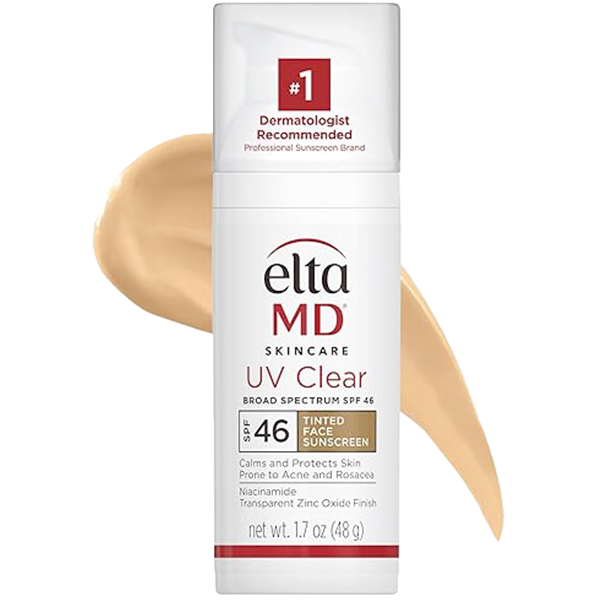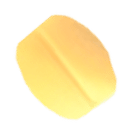When it comes to protecting your skin from the sun, sunscreen is essential. However, the wide range of prices and brands can be confusing. The good news is that, in the United States, all sunscreens contain the same active ingredients, whether they’re expensive or cheap. Here’s a breakdown of these ingredients and what you need to know to make an informed choice.
The Eight Active Ingredients in Sunscreens
There are only eight active ingredients approved for use in sunscreens in the United States. These ingredients fall into two categories: physical filters and chemical filters.
Physical Filters
- Zinc Oxide
- Titanium Dioxide
How They Work:
- Physical filters work by sitting on top of the skin and reflecting UV rays away from the skin. They are effective immediately upon application and provide broad-spectrum protection against both UVA and UVB rays.
Characteristics:
- Thick and Sticky: These ingredients are known for their thicker consistency, which can feel sticky on the skin.
- Long-Lasting: Physical filters tend to last longer on the skin compared to chemical filters, making them ideal for prolonged sun exposure.
Chemical Filters
- Avobenzone
- Oxybenzone
- Homosalate
- Octisalate
- Octocrylene
- Octinoxate
How They Work:
- Chemical filters absorb UV radiation, converting it into heat, which is then released from the skin. They need to be applied at least 15 minutes before sun exposure to be effective.
Characteristics:
- Lighter Texture: Chemical sunscreens are usually lighter and less visible on the skin.
- Shorter Duration: They typically need to be reapplied every couple of hours because they break down more quickly under UV exposure.
Choosing the Right Sunscreen
Since all sunscreens contain the same active ingredients, what you’re really paying for is the base—the formulation that includes the inactive ingredients, which can vary significantly. Here’s what to consider when choosing a sunscreen:
- Skin Type:
- Sensitive Skin: Opt for physical sunscreens with zinc oxide or titanium dioxide. These are less likely to cause irritation.
- Oily Skin: Look for non-comedogenic formulas that won’t clog pores.
- Activity Level:
- Water Resistant: If you’ll be swimming or sweating, choose a water-resistant sunscreen. Note that no sunscreen is waterproof, so reapplication is necessary.
- Texture Preference:
- Lotion vs. Spray: Lotions tend to provide more even coverage, while sprays are convenient for reapplication, especially on the go.
Budget Considerations
The price of sunscreen can vary widely, but since all sunscreens use the same active ingredients, you don’t need to spend a lot to get effective protection. Expensive sunscreens often have additional features, such as moisturizing agents or a lighter feel, but the sun protection itself is the same as in cheaper options.
Key Takeaways
- Active Ingredients: The eight active ingredients in sunscreens are consistent across all products in the U.S.
- Physical vs. Chemical Filters: Physical filters provide longer-lasting protection but are thicker, while chemical filters are lighter but need frequent reapplication.
- Base Matters: The difference in price often comes down to the formulation and additional skincare benefits.
Understanding the active ingredients in sunscreens can help you make a more informed choice without falling for marketing hype. Whether you opt for a high-end brand or a budget-friendly option, knowing that the sun protection is essentially the same allows you to focus on what feels best on your skin and fits your lifestyle. Always remember to apply sunscreen generously and reapply as needed to keep your skin protected.


















